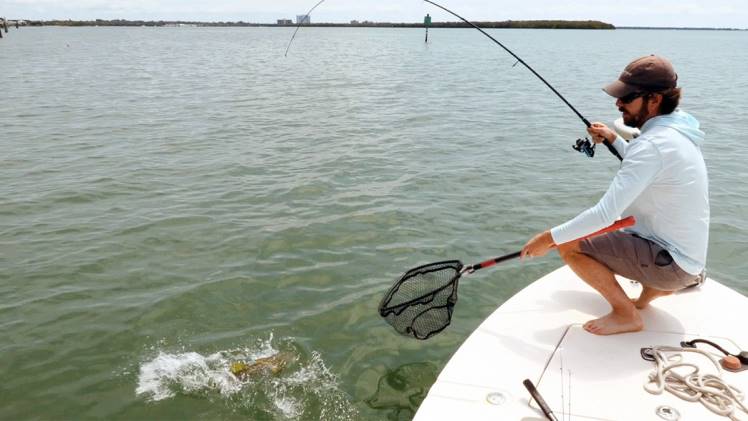Top 5 tips to help you keep your fishing net in top working condition

The fishing industry is one of the oldest and largest that the world currently features at the moment, and according to expert calculations, it is expected to reach a massive market size of USD 1187.70 billion by 2028, something that translates into a growth rate of 2.60% CAGR. One of the core components that have made this growth possible is the ubiquitous fishing net. While fishing lines and hooks are decent enough for small-scale operations, you just cannot make it big without these nets.
Around the world, various types of fishing nets are used, a choice that depends on the type of fish that is being targeted and the region that is being fished in. Globally, everything from purse seine nets to gill netting methods are widely used to extract this precious marine resource. Now, while the nature of the fishing net may differ from one area to the other, one thing that remains largely constant for all of them is the maintenance and care that must be invested in them to keep them in good working order.
For new fishermen, this may prove to be a challenge as knowledge and familiarity with the methods are key when it comes to maintaining something like an ocean gill netting array. In this blog, we will be taking a look at five of the most effective practices that you must follow in order to maintain your fishing net in this day and age. So, let’s get started.
Clean and remove any debris that may be present.
The ocean is a vast place and the amount of debris that gets tangled in nets after each fishing session is downright crazy! Now, this debris can include everything from old lines and nets to fish carcasses and seaweeds, and ridding your nets after each journey of this debris is essential. It has been noted that these materials can degrade the overall efficiency of your netting while weighing it down, and secondly, rotting organic material can damage your treasured purse seine in more ways than one. A thorough rub-down of each net would do the trick in most cases, but occasional deep cleaning may be necessary periodically.
Avoid drying them under direct sunlight.
You may be tempted to dry your gill netting under direct sunlight after a good haul, but we would like to advise you to stay away from such ideas. You see, modern nets are primarily constructed out of materials like nylon, and while they are pretty sturdy in their own right, direct sunlight and regular exposure to heat may break them down, making them brittle in the process.
If you are looking to dry your cage culture fish farming materials and nets, placing them in shaded areas is preferable, or a day of diffused sunlight when the winds are high would help as well.
Use recommended netting needles.
Due to the nature of their work, the oceanic fishing nets are exposed to situations that may damage them in quite a number of ways, and once that happens, using the recommended set of netting needles and strings would be the right thing to do. You see, conventional needles are designed to have tips and shafts that are well-suited to cloth and fabrics, but due to the texture and design of the nets, they would do more harm than good.
Netting needles would help you keep your gill netting in top working order, so that is something you would want to keep handy.
Regular lubrication can help!
This is a point that is specifically valid for cage culture fish farming setups. You see, in certain cases, there may be several joints and connections in the apparatus that is being used. In fact, such joints can be witnessed in trawl nets in certain cases as well, and due to the corrosive nature of seawater, these joints can deteriorate pretty rapidly. Using a silicon-based lubricant at specific intervals can help keep the aforementioned cage culture fish farming equipment in top working order.
Regular inspection and maintenance are key.
Just as with any other piece of industrial machinery, a fishing net requires a certain level of periodic TLC as well. Depending on your needs and necessities, a thorough inspection of the nets and cage culture fish farming setup must be carried out at frequent intervals. These cycles would expose any fault lines that may be present, and once they have been identified, repairing them effectively must be of the highest priority for you.
Using the recommended set of tools and equipment is critical to this maintenance procedure, so that is something you would want to keep an eye out for.
Final take:
A fishing net is one of the most coveted components that has been deployed by the fishing industry over all these years, and keeping them in top working order is essential to ensuring operational efficiency and profitability. Something like cage culture fish farming tools, purse seine, gill netting, etc. calls for the right set of maintenance protocols, and the aforementioned pointers should help you in more ways than one. Happy fishing!




